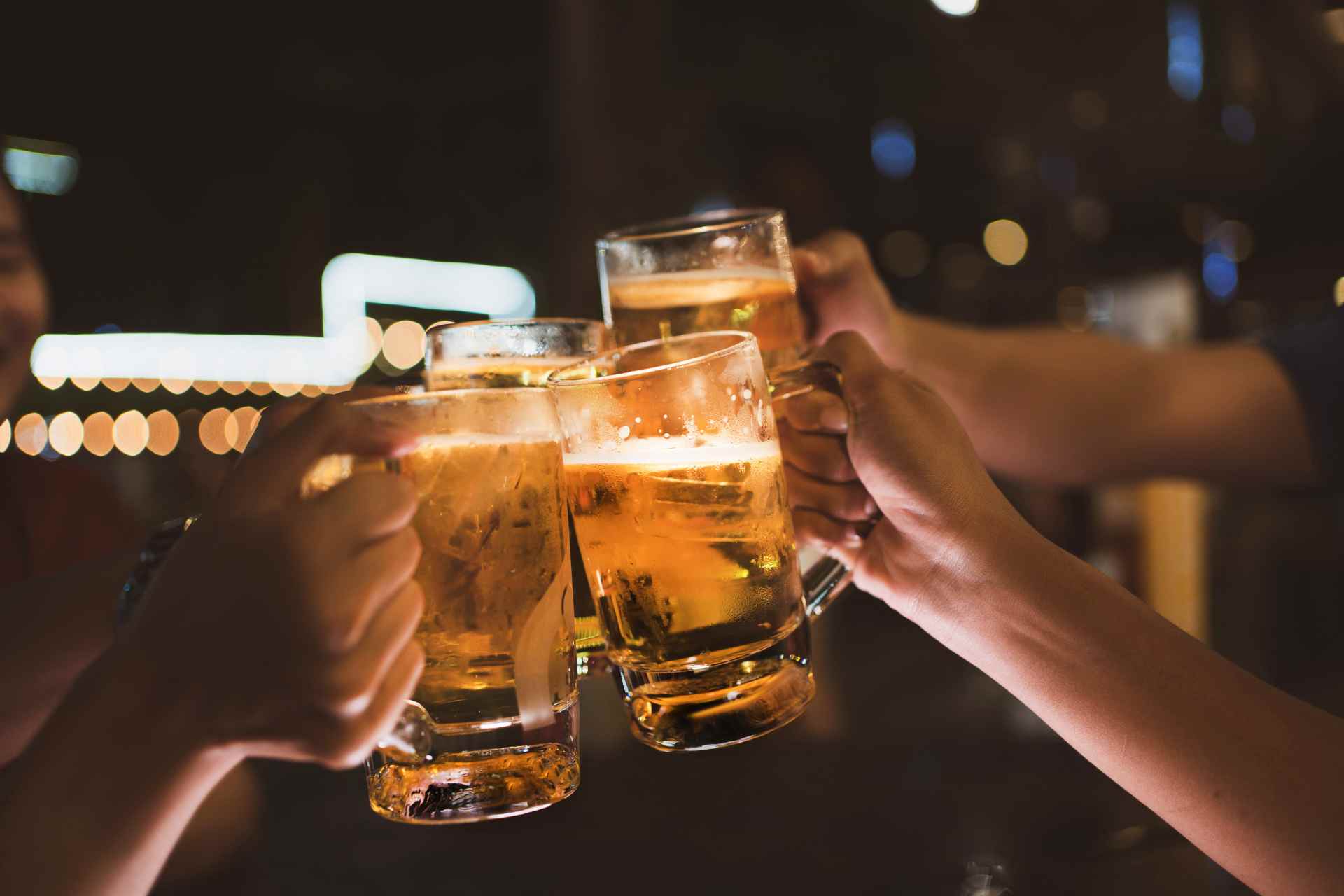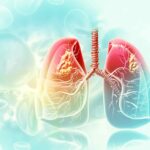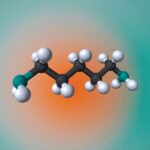What is already known
Recent research has shown that individuals with alcohol use disorders (AUDs) have alterations in their gut microbiome, that appear to be associated with intense cravings, suggesting a potential role for microbiome in AUD development. However, there is limited knowledge regarding the impact of alcohol on the gut microbiome and its cognitive and psychological associations in the initial stages of alcohol misuse.
What this research adds
Researchers investigated the potential correlation, and its predictive value, between alcohol-related altered microbial profile, social cognition, impulsivity and craving in 71 people aged 18-25 who displayed binge drinking, the most common pattern of alcohol disuse in adolescence. Binge drinking was correlated with alterations in the microbiome and difficulties with emotional recognition. A connection between emotional processing and impulsivity with certain species of microbiomes was also observed, as well as a strong association between modifications in microbiome composition, neuroactive potential, and an increased desire for alcohol over time.
Conclusions
The study reveals a connection between gut microbiome changes and the most prevalent form of alcohol misuse in adolescence, occurring even before the onset of addiction. It emphasizes the crucial role of the gut microbiome in regulating cravings and social cognition. These findings could pave the way for the development of innovative interventions such as dietary or pre/probiotic supplements aimed at ameliorating early alcohol-related changes in young drinkers during the vulnerable period of adolescence.
Binge drinking refers to consuming a large amount of alcohol in a brief period, which is a common behavior during adolescence. Recent studies have associated changes in the gut microbiome with the severity of alcohol use disorders (AUDs), indicating the microbiome’s potential role in AUD development. Moreover, there is a clear correlation between microbiome composition and socio-emotional functioning in various disorders, including AUD.
A recent observational study by Cryan and colleagues, published in The Lancet journal, identifies potential early indicators of alcohol cravings and indicates changes in the gut microbiome of young individuals who engage in binge drinking.
To identify early biomarkers of alcohol misuse, researchers at the University of Cork (Ireland), measured alcohol consumption patterns, conducted a neuropsychological examination, analyzed biological samples to measure levels of inflammatory markers, and performed gut microbiome sequencing from stool sample.
Relation between inflammatory markers, craving and social cognition
Changes in the immune response, a potential mediator of gut-brain communication, were assessed by measuring blood inflammatory markers response. Number of binge drinking episodes and craving were positively correlated with increased responsiveness of certain inflammatory factors and the more recent the binge drinking episode, the greater the response, suggesting a higher responsiveness of the immune system.
Moreover, more binge drinking episodes were associated with greater impulsivity, in line with the well-known association between impulsivity and binge drinking in the literature. Higher levels of binge drinking were also associated with difficulties in emotion recognition, specifically in identifying disgust and sadness, and were linked to slower processing speed in cognitive tasks. These findings are consistent with previous studies that have shown cognitive difficulties and slower reaction times in individuals who engage in binge drinking.
Gut microbiome alterations in young binge drinkers
Analysis of gut microbiome revealed that higher levels of drinking within a single episode were linked to changes in the composition and functionality of the gut microbiome. In fact, significant differences were found in microbial beta diversity, in line with a previous study reporting beta diversity differences associated with higher blood alcohol concentration in young people.
Interestingly, researchers also observed reductions in some bacteria species of the genus Alistipes, increased Veillonella dispar and reductions in the Ruthenibacterium lactiformans species. The latter, linked to higher craving across time, could represent an interesting candidate as an early biomarker of craving.
Finally, social cognition and impulsivity were also strongly linked to changes in gut microbiome. Specifically, higher levels of motor impulsivity were associated with a reduction of Collinsella spp. and an increase of Roseburia and P. arabacteroidetes spp.
Poor emotion recognition, difficulties in recognizing sadness in facial expressions, were linked to a reduced abundance of Clostridium spp., Flavonifractor plautii, and Eggerthella lenta, as well as an increased abundance of Coprococcus spp. The increased abundance of Coprococcus eutactus was also found to be positively correlated with stimulated inflammatory markers, suggesting that the immune system may play a role in the relationship between gut microbiome and emotional functioning.
All together these findings suggest that the gut microbiome may act as a regulator of social cognition, in line with the increasing body of literature on this topic.
The study also identifies a gut microbiome signature in young individuals who engage in binge drinking, even in the absence of addiction, as well as potential early microbiome markers of craving and suggests that alterations in stimulated inflammatory markers could be a mediator in the communication between the gut and the brain. Although future research would be needed, the present work suggests that dysregulation in the microbiome-gut-brain axis may contribute to an increased risk of developing future psychopathology, particularly during the vulnerable period of adolescence.









